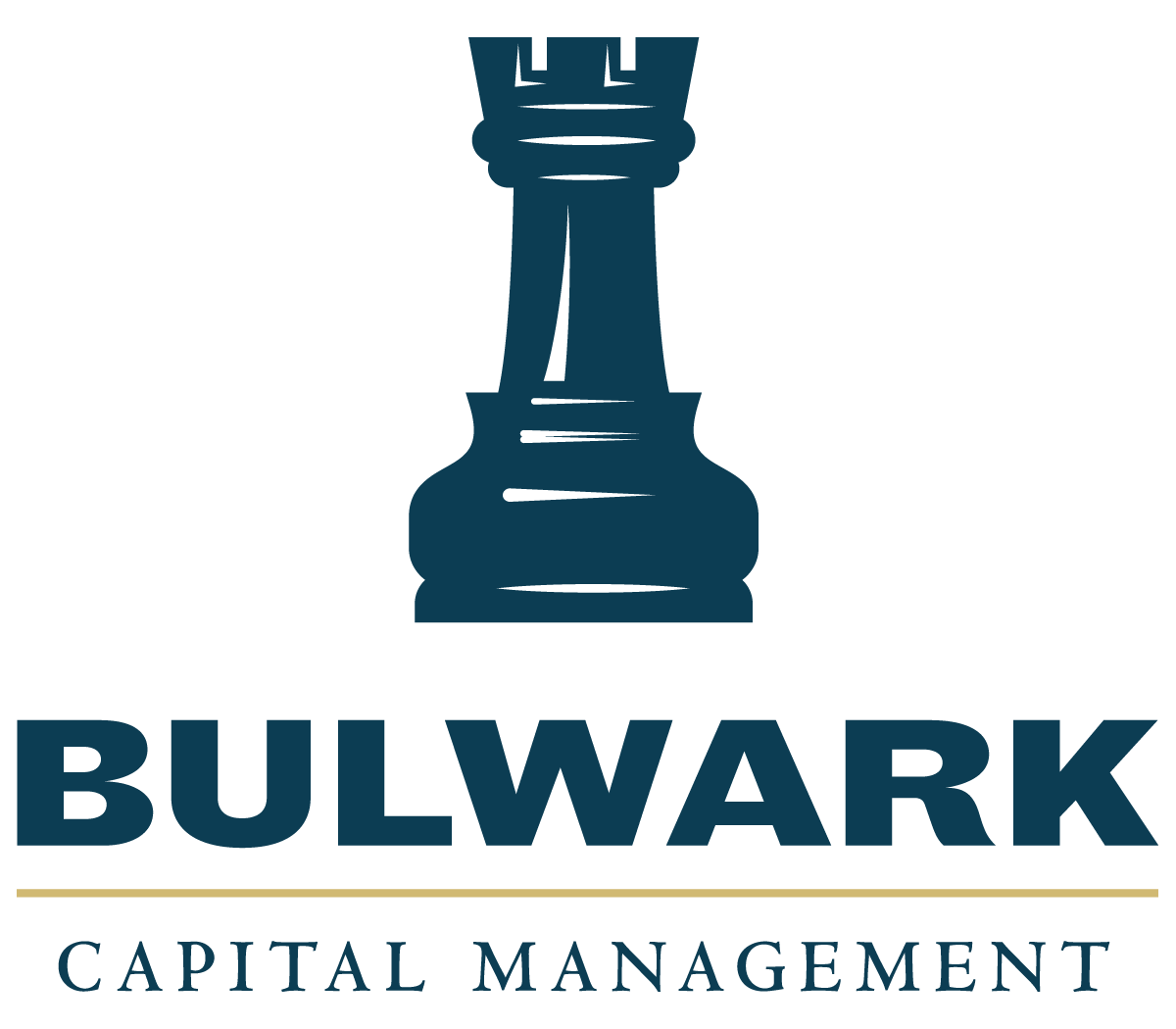
Before you welcome 2026, make sure you’ve covered these 7 steps!
As 2025 wraps up, now is the time to take financial inventory. As your circumstances are constantly changing and evolving, the proper financial plan is not meant to be a set-it-and-forget-it thing. With the end of the year presenting the perfect chance to revisit your goals, here are a few areas you may want to check in on before we flip the calendar to 2026.
1. Review Your Financial Plan
As the year ends, it can be a great idea to reassess your financial circumstances and make necessary adjustments to your financial plan. Maybe your goals have changed. Maybe you’re on a fast-track toward goals you expected to take longer to reach, so you can move some dates up. And remember, it’s always important to make sure that your beneficiaries are up-to-date annually on all of your accounts, investments and insurance policies.
2. Adjust Your Monthly Budget
Now that we’re in the final quarter of the year, you may be in a good position to revisit your budget and adjust as needed. Maybe you received a nice annual bonus or raise, or maybe you’ve recently had a baby and haven’t had a chance to fine-tune your budget through the sleepless nights. No matter your circumstances or the new milestones and stages of life you reached this year, it can be a good idea to look at how your income keeps up with your expenditures and tweak accordingly.
3. Review Your Investments
Diversifying across different asset classes may help manage risk within your portfolio, which can be especially valuable during periods of market volatility. It’s also important to ensure your investments align with your personal risk tolerance, particularly as you approach retirement.
4. Recalibrate Your Retirement Account Contributions
As you traverse your career and attempt to carve out a lifestyle that will be sustainable once you get the chance to quit working and chase your retirement dreams, it’s important to know how much you’re allowed to contribute to your various accounts. In 2025, the contribution limit is $7,000 for traditional and Roth IRA accounts, and it is $23,000 for 401(k)s. In 2026, those limits are expected to increase to $7,500 and $24,500, respectively. If you’re 50 or older, you can also make catch-up contributions of up to $1,000 to your IRA and $8,000 to your 401(k).
5. Take Your RMDs
Below is a chart showing the age at which you must begin taking required minimum distributions (RMDs) from your tax-advantage retirement accounts. Failure to adequately withdraw funds may result in a 25% penalty on the amount that should have been withdrawn, which may be reduced to 10% if corrected promptly. The deadline to withdraw the minimum amount from tax-deferred accounts is Dec. 31, except for your first RMD, which can be delayed until April 1 of the following year. If you’ve reached the age at which RMDs are required, withdrawing the correct amounts from the right accounts is crucial to avoid penalties. We’re also happy to help you calculate your RMDs to stay compliant with the latest IRS rules!
| Date of Birth | RMD Age |
| June 30, 1949, or earlier | 70 ½ |
| July 1, 1949 – Dec. 31, 1950 | 72 |
| Jan. 1, 1951 – Dec. 31, 1959 | 73 |
| Jan. 1, 1960, or later | 75 |
- Spend Money Left in Your FSA
Unlike health savings accounts (HSAs), flexible savings accounts (FSAs) do not typically allow you to roll your excess funds into the next year. Some health FSAs permit a grace period or a rollover amount of unused funds into the next plan year. For 2026, there is a 2.5-month grace period, and the rollover maximum is $660. To avoid losing money, review your plan’s rules, your FSA balance, and consider booking general wellness appointments like visits to the eye doctor, annual physicals and dental cleanings.
- Talk to Your Financial Professional or Advisor
The job of a financial professional, planner, or advisor is to assist you with your unique circumstances and goals.
At Bulwark Capital Management, we aim to provide guidance that aligns with your vision, helping you navigate the path to a financial future you are comfortable with. Whether you’re looking to check off all these boxes as the year ends or start 2026 with fresh goals, we can help. Contact Us Today!
Sources:
- https://www.irs.gov/retirement-plans/plan-participant-employee/retirement-topics-ira-contribution-limits
- https://www.irs.gov/retirement-plans/plan-participant-employee/retirement-topics-401k-and-profit-sharing-plan-contribution-limits
- https://www.irs.gov/retirement-plans/plan-participant-employee/retirement-topics-catch-up-contributions
- https://www.irs.gov/retirement-plans/plan-participant-employee/retirement-topics-required-minimum-distributions-rmds
- https://www.goodrx.com/insurance/fsa-hsa/hsa-fsa-roll-over
- https://www.timetrex.com/blog/2026-401k-contribution-changes
- https://accountinginsights.org/irs-fsa-rollover-what-are-the-current-rules/
- https://fsastore.com/articles/learn-fsa-grace-period-rollover.html
- https://smartasset.com/retirement/rmd-penalty
Disclosures:
This article is for general information purposes only and is not to be relied upon for financial advice. In every case, you should seek the advice of qualified tax, financial and legal professionals to ensure that a life policy is advisable based on your unique circumstances.
Guarantees are provided by insurance companies and are reliant upon the financial strength and claims-paying ability of each individual insurance carrier issuing a life insurance contract.
Life insurance requires medical underwriting; therefore, not everyone will be able to purchase a life insurance policy. Life insurance policies can be complex, and it is recommended that you work with a professional to examine policy terms.
Investment Advisory Services offered through Trek Financial LLC, an investment adviser registered with the Securities Exchange Commission. Information presented is for educational purposes only. It should not be considered specific investment advice, does not take into consideration your specific situation, and does not intend to make an offer or solicitation for the sale or purchase of any securities or investment strategies. Investments involve risk and are not guaranteed, and past performance is no guarantee of future results. For specific tax advice on any strategy, consult with a qualified tax professional before implementing any strategy discussed herein. The content is developed from sources believed to be providing accurate information; no warranty, expressed or implied, is made regarding accuracy, adequacy, completeness, legality, reliability, or usefulness of any information. Consult your financial professional before making any investment decision.
Trek 25-342


 This chart shows that those who exit the market the day after every -2% market move or worse over a 25-year time period usually underperform those who remain fully invested. When you leave the market, you don’t just avoid future bad days, you also miss out on the future good days. Ultimately, missing even just a few of the market’s best days, or getting back into the market only after the market is already up, which can impact long-term returns. Because, remember, just like in life, nothing stays bad forever; good days will come again. The market is no different.
This chart shows that those who exit the market the day after every -2% market move or worse over a 25-year time period usually underperform those who remain fully invested. When you leave the market, you don’t just avoid future bad days, you also miss out on the future good days. Ultimately, missing even just a few of the market’s best days, or getting back into the market only after the market is already up, which can impact long-term returns. Because, remember, just like in life, nothing stays bad forever; good days will come again. The market is no different.












 253.799.6416
253.799.6416 invest@bulwarkcapitalmgmt.com
invest@bulwarkcapitalmgmt.com